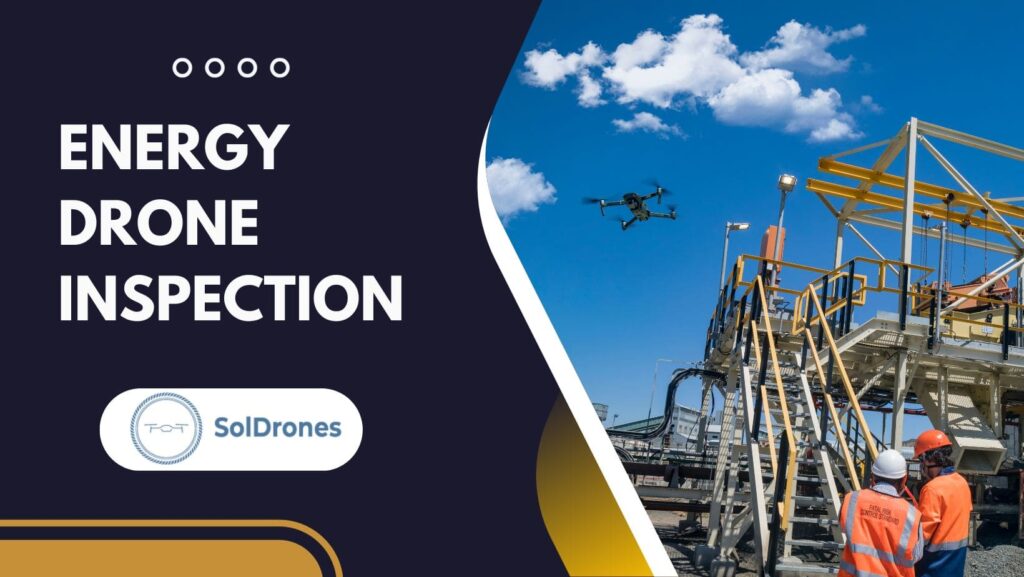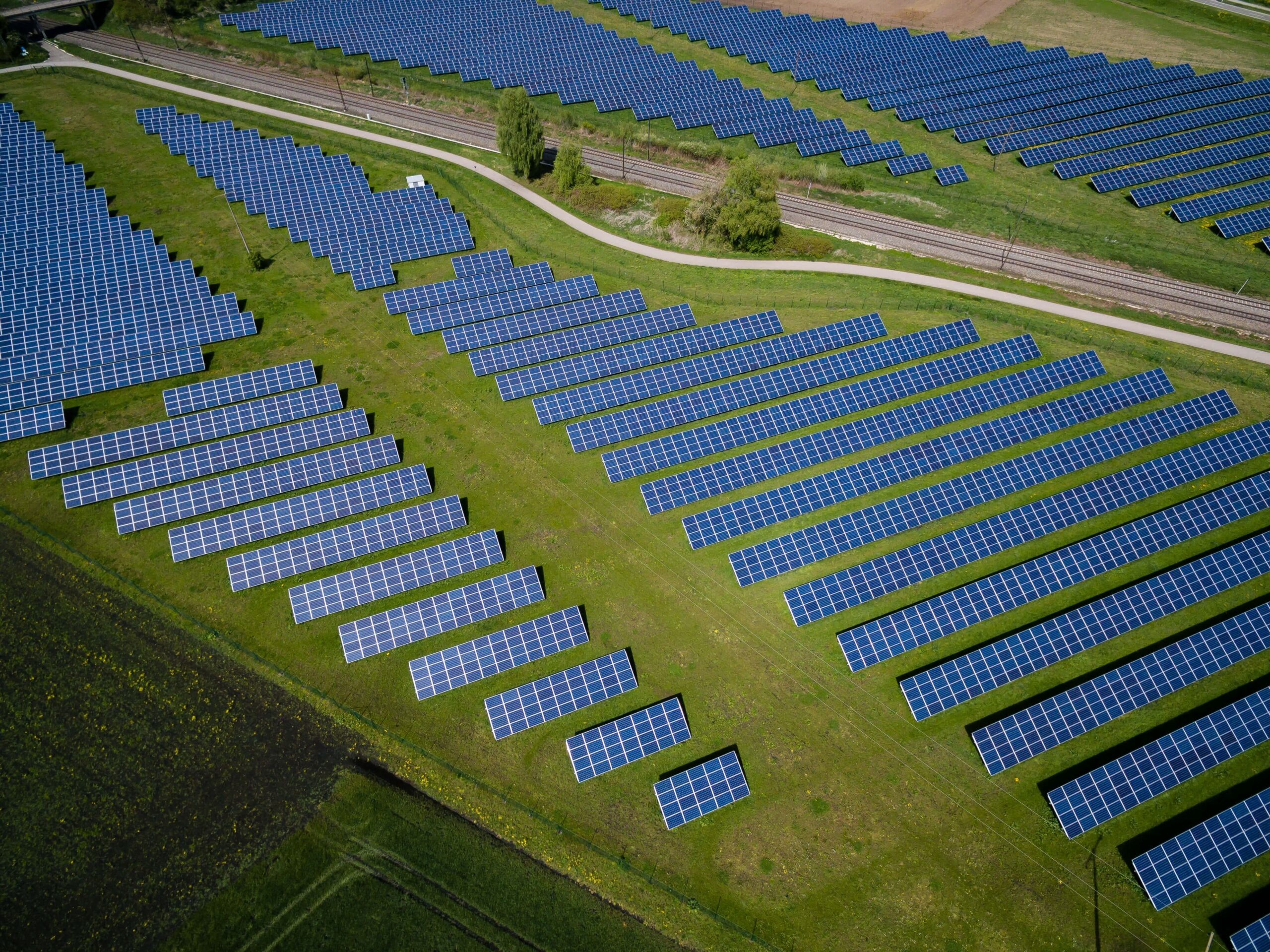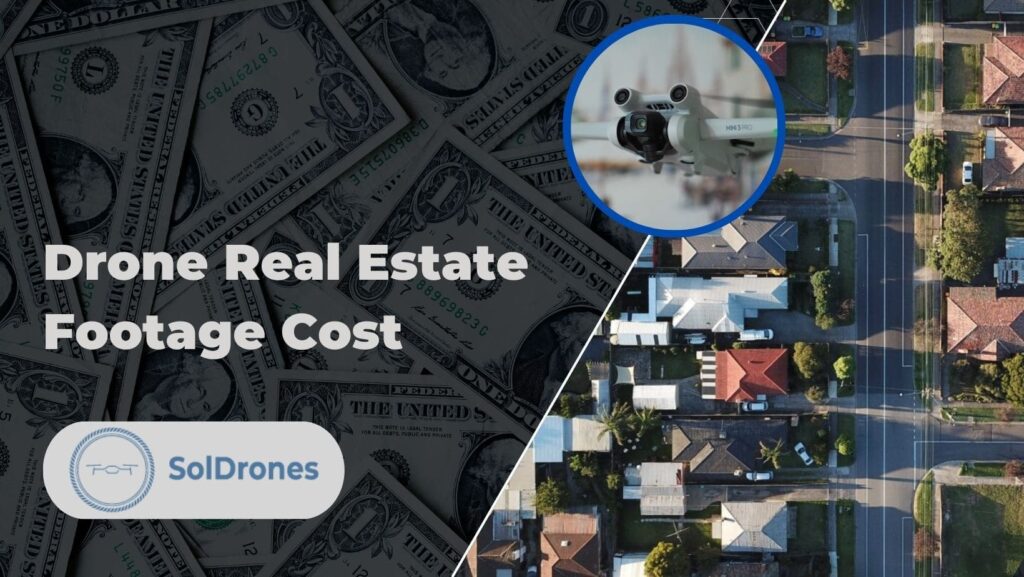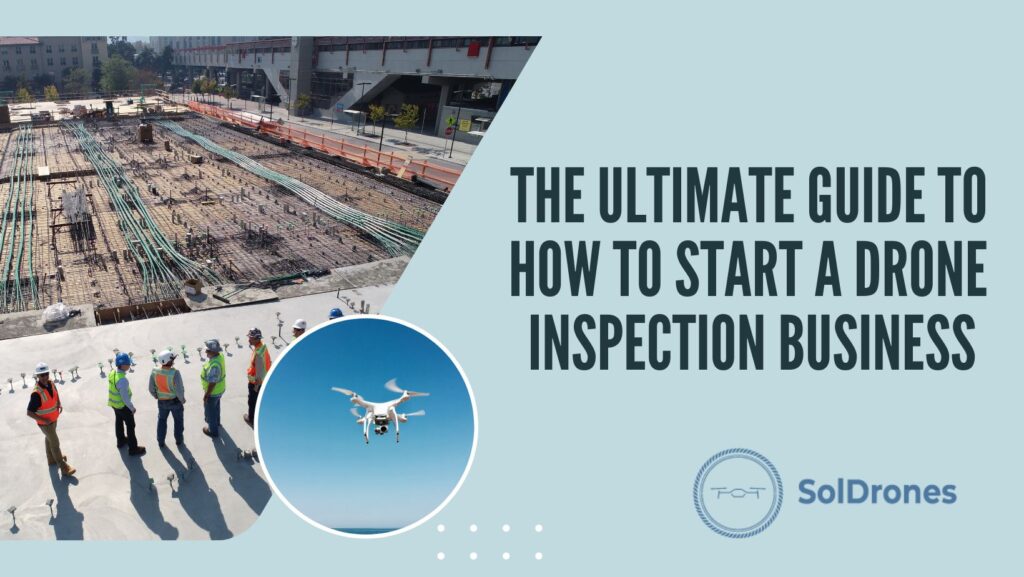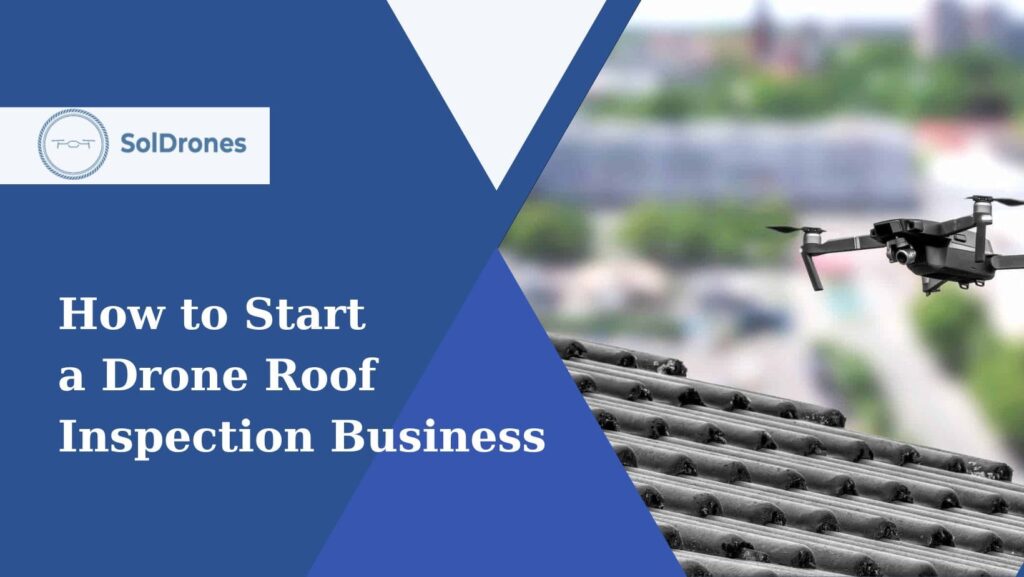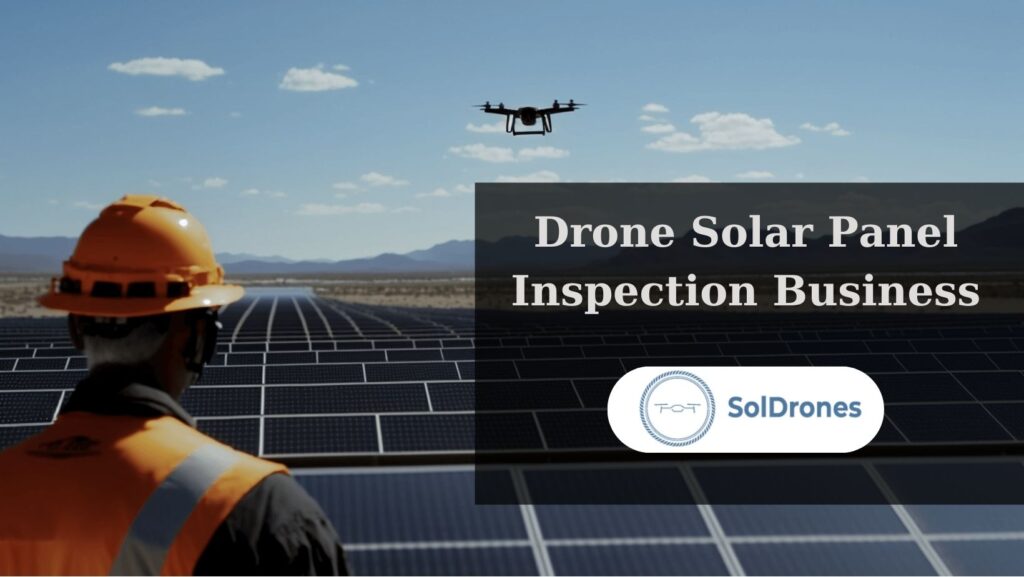Did you know that a noteworthy portion of the future of the oil and gas inspection industry lies in the propellers of a drone? And not just oil and gas, but solar energy, wind farms, and more.
Energy drone inspection is revolutionizing how we approach inspections, ensuring a safer and more efficient future for the entire sector.
Industrial inspection processes play a pivotal role in ensuring vital infrastructure safety, efficiency, and longevity. Traditional inspection methods, often tedious and risky, are being rapidly replaced by the advent of energy drone inspection.
The cutting-edge technology provided by drones has streamlined inspections and heightened the accuracy and consistency of data collected.
Drones, with their ability to reach difficult areas, take high-resolution imagery, and collect critical data without endangering human lives, are the answer to many of the challenges the industry faces today.
Article Highlights
- Energy Drone Inspection revolutionizes how we approach industrial assessments, offering efficiency and precision.
- Advanced drone technology allows for unparalleled data collection, optimizing maintenance efforts in the energy sector.
- Safety standards in energy inspections soar as drones minimize risks, seamlessly accessing hard-to-reach and hazardous areas.
What is Energy Drone Inspection?
Energy Drone Inspection refers to using drones, or Unmanned Aerial Vehicles (UAVs), to conduct inspection activities in the energy sector, specifically in oil and gas installations, power lines, solar plants, and wind turbines.
UAV technology has streamlined inspections and heightened the accuracy and consistency of data collected.
It is a modern, efficient, and safer alternative to traditional manual inspection methods.
How Does Energy Drone Inspection Work?
In energy drone inspection, specialized drones with advanced sensors, cameras, and sometimes robotic arms fly over or around energy infrastructures to perform detailed assessments. They capture high-resolution images, record videos, and collect various types of data critical for assessing the condition, functionality, and safety of energy equipment and installations.
The Benefits of Energy Drone Inspection
The implementation of energy drone inspection in the energy sector, particularly within oil and gas, brings forth substantial benefits, reshaping industrial inspection paradigms and driving operational excellence. Here are some of the pivotal benefits of adopting energy drone inspections:
1) Enhanced Safety
Energy drone inspections significantly mitigate the risks associated with human involvement in precarious environments, such as high elevations, confined spaces, and hazardous zones, thereby diminishing the potential for accidents and injuries.
2) Increased Efficiency
Drones, with their rapid deployment and aerial mobility, can traverse extensive areas in minimal time, enabling the swift and comprehensive inspection of infrastructures. This accelerated data acquisition translates to quicker decision-making and optimal utilization of resources, fostering overall operational efficiency.
3) Precision and Accuracy
Equipped with sophisticated sensors and high-resolution cameras, drones yield meticulous and precise data, capturing anomalies and structural integrities with unparalleled detail. This accuracy aids in formulating informed and effective remediation strategies, ensuring the longevity and reliability of energy assets.
4) Cost Reduction
The amalgamation of rapid inspections, decreased downtime, and the minimization of human resources contributes to substantial cost savings. The ability of drones to pinpoint potential issues early on also aids in averting extensive repair costs and potential revenue losses stemming from unforeseen operational halts.
5) Accessibility
Drones can effortlessly access remote, restricted, and challenging terrains where traditional inspection methods struggle, ensuring exhaustive inspection coverage and leaving no stone unturned in the quest for structural integrity and operational soundness.
6) Data Integration
The plethora of data procured by drones can be seamlessly integrated into analytical tools and software, facilitating real-time monitoring, trend analysis, and predictive maintenance, which is paramount for proactive asset management and operational optimization.
7) Environmental Impact Reduction
Implementing energy drone inspections can substantially diminish the environmental footprint of industrial inspection activities. By identifying leaks and structural weaknesses early, drones help prevent environmental hazards and ensure the sustainable operation of energy facilities.
8) Regulatory Compliance
Timely and accurate inspections facilitated by drones ensure that operational standards and safety protocols adhere to regulatory stipulations, mitigating legal ramifications and fortifying the industry’s commitment to operational and environmental standards.
Market Potential for Energy Drone Inspection
Current Market Trends
The growth of drone inspection services in the energy sector is witnessing an upward trajectory attributed to the versatility and precision of drone inspections. From aerial inspection to thermal imaging, the applications are vast and critical. This growth is fueled by the pressing need for industrial drone inspection that ensures safety, compliance, and operational efficiency.
Numerous established and emerging players are intensifying the competition in this dynamic landscape. These entities leverage advanced drone technology to offer innovative solutions for conducting comprehensive and thorough inspections across various industrial domains. They are progressively exploring untapped applications such as bridge inspection and assessments of nuclear power plants, pushing the boundaries of what drone inspection services can achieve.
Business Opportunities
The escalating demand for drone inspections in industrial domains underscores significant market gaps and opportunities. The expanding applications of aerial inspection, coupled with the advanced capabilities of drone technology, create a fertile ground for innovation and market entry.
Market Gaps and Opportunities
The need for specialized services in niche sectors like nuclear power plants and bridge inspection presents unique opportunities for service providers to carve out a distinct market presence.
The growing reliance on thermal imaging and other advanced technologies allows companies to develop specialized solutions catering to specific industrial inspection needs.
The continual advancements in unmanned aerial vehicles and drone technology denote a substantial opportunity for developing enhanced solutions that meet the evolving demands of thorough inspection.
Potential for New Entrants
The expansive and diverse landscape of industrial inspection provides a conducive environment for new entrants to introduce innovative solutions and gain a competitive edge.
The increasing demand for drone inspection services in unexplored and specialized sectors offers a promising landscape for startups and new players to establish their footprint.
The booming market potential for energy drone inspection is undeniable, with the current trends and business opportunities pointing towards a future where drone technology is integral to industrial inspection processes.
The blend of advanced drone technology with the growing need for thorough inspections in specialized sectors like bridge inspection and nuclear power plants is paving the way for innovation and competition.
Whether it’s the established entities or the new entrants, the evolving landscape of industrial drone inspection holds immense promise and myriad opportunities for those willing to navigate its challenges and harness its potential.
Types of Drones Used for Energy Inspection
Drones or small unmanned aircraft systems are reshaping industrial drone inspection, offering more detailed and accurate data collection methods than traditional ones. They are crucial in performing safety assessments, visual inspections, and collecting essential data in various environments like construction sites, cell towers, and mining inspections.
Overview of Drone Types for Energy Inspection
Understanding the types of drones available is crucial for effectively leveraging them for energy inspections. Below are the main types of inspection drones used:
Fixed-wing drones
Fixed-wing drones are ideal for covering long distances and are mainly used for aerial inspections of large areas like construction sites and mining inspection areas, offering prolonged flight times and extensive coverage compared to multirotor drones.
Multirotor drones
These are the most common types of drones used for energy inspection, excelling in detailed, accurate data collection and visual inspection. Multirotor drones are adept at hovering in a single place, making them perfect for roof inspections, cell towers, and other structures requiring close attention.
Hybrid drones
Hybrid drones combine the best of fixed-wing and multirotor drones. They are versatile, capable of covering long distances, and can hover to collect data accurately. They are suitable for various industrial drone inspection tasks, offering flexibility in complicated inspection scenarios.
Tips for Selecting the Right Drone
Selecting the right inspection drone is critical for ensuring optimal results in the inspection process. Here are some considerations:
- Understand Your Needs: Clearly define the requirements of your inspection, considering factors like the environment, the level of detail needed, and the duration of the inspection.
- Compliance with Regulations: Ensure the chosen drone complies with Federal Aviation Administration regulations, maintaining legal and safe operations during aerial inspections.
- Evaluate Drone Capabilities: Assess the capabilities of the drone, such as flight time, data collection accuracy, and resilience in diverse conditions to ensure it aligns with the inspection personnel’s needs and the demands of the inspection process.
Best Drones for Energy Inspection
Selecting the right drone for energy inspections is crucial as it significantly impacts the quality and accuracy of the data collected. Different models excel in various environments and applications, ranging from detailed visual inspections to large-scale aerial surveys. Below is a simplified table illustrating the ideal applications and key features of some of the best drones available for energy inspection tasks.
| Drone Model | Ideal Application | Key Features |
| DJI Matrice 300 RTK | Detailed visual inspections in diverse environments | Enhanced flight time, Advanced obstacle sensing, High-resolution cameras, RTK positioning |
| SenseFly eBee X | Large-scale aerial inspections | Exceptional flight time, Versatile payload options, High precision |
| Parrot Anafi USA | Close-up infrastructure inspections | Compact design, 32x zoom camera, Thermal imaging, Secure data storage |
| DJI Phantom 4 RTK | Precise data collection | High-resolution camera with RTK module, Compact design, Obstacle sensing |
| Yuneec H520 | Industrial inspections requiring high-quality imaging | Six-rotor design, Hot-swappable payload options, 360-degree imaging |
| Airobotics Optimus | Large-scale industrial inspection | Fully autonomous, High endurance, Versatile payload configurations, Robust design |
This table serves as a concise guide to selecting the right drone for various energy inspection needs, focusing on the application and essential features of each model. Whether your tasks involve detailed inspections of intricate structures or surveying extensive areas, choosing a drone that aligns with your specific requirements is paramount for obtaining reliable and actionable insights in energy inspection endeavors.
Operational Aspects of Energy Drone Inspection
Effective and efficient energy drone inspections are contingent upon meticulous preparation, strategic execution, and comprehensive data analysis and reporting.
Preparation and Planning
Before the commencement of any energy drone inspection, extensive preparation is crucial.
1) Risk Assessment: Comprehensive risk assessments must be undertaken to identify potential hazards and establish appropriate mitigation strategies.
2) Pre-flight Checks: Systematic pre-flight checks ensure the drone’s optimal condition, minimizing the risk of equipment failure during flight.
3) Setting Inspection Objectives: Clear and concise inspection objectives should be defined to streamline the inspection process and ensure the collection of relevant data.
4) Flight Operation: Operate the drone, ensuring adherence to the planned route and adjusting the flight plan to accommodate unforeseen circumstances.
5) Data Capture: Capture quality data with precision, focusing on the predefined inspection objectives.
6) Handling Emergencies and Contingencies: A well-thought-out contingency plan should be executed promptly in emergencies or unexpected situations.
Data Analysis and Reporting
Post-inspection, the collected data needs meticulous analysis, and the insights derived should be documented effectively.
Data Processing and Analysis
Utilizing the right tools and software is paramount in interpreting the captured data accurately.
- Tools and Software: Employ advanced analytical tools to effectively process and analyze the collected data.
- Interpreting Data Results: The results should be interpreted with diligence, ensuring the extraction of actionable insights from the data.
Reporting and Documentation
Comprehensive and coherent documentation is vital for conveying the inspection findings.
- Creating Comprehensive Inspection Reports: Develop detailed reports elucidating the findings, highlighting any discrepancies, and recommending corrective actions.
- Importance of Clear and Concise Documentation: Clear and concise documentation facilitates easy comprehension and is instrumental in aiding decision-making processes.
Case Studies: How Drones Change the Game for Energy Inspections
The application of drones in energy inspections is undeniably game-changing. They have revolutionized how we approach industrial inspections by increasing efficiency, reducing risks, and providing unparalleled access to data.
Case Study 1: Advanced Leak Detection
A company in the oil and gas sector leveraged drone technology to enhance its leak detection processes. Using drones equipped with thermal imaging and gas detection sensors, the company identified methane leaks in pipelines quickly and accurately, allowing for prompt remediation and reducing environmental risks.
Case Study 2: Optimizing Wind Turbine Maintenance
In another instance, a wind energy provider utilized drones to conduct detailed inspections of wind turbines. Drones enabled the identification of structural anomalies and performance issues, facilitating timely maintenance and optimizing the performance of the wind farms.
Case Study 3: Solar Panel Efficiency Enhancement
A solar energy company employed drones to inspect solar panels. The company could significantly optimize maintenance efforts and improve energy output by identifying defective or underperforming components through thermal imaging.
Final Thoughts
Energy Drone Inspection is a revolutionary advancement reshaping the landscape of industrial inspection in the energy sector. It offers a unique amalgamation of efficiency, safety, and precision, addressing the inherent limitations of traditional inspection methods. From oil and gas installations to renewable energy sources, drones are an invaluable asset, enabling operators to access hard-to-reach areas, gather extensive data, and conduct thorough inspections with unparalleled accuracy and reliability.
This comprehensive guide has aimed to shed light on the diverse aspects of energy drone inspection, from its types and operational aspects to the market trends and potential. The illustrated case studies underscore drone technology’s practical implications and transformative potential across various energy sectors, highlighting the innovative applications and lessons learned from real-world scenarios.
Understanding and leveraging the capabilities of drones for energy inspections are crucial for aspiring entrepreneurs, drone enthusiasts, and energy sector professionals. By embracing this technology, stakeholders can optimize the inspection processes and contribute to enhanced safety standards, environmental protection, and overall advancement of the energy sector. The future of energy inspection is here, and it is high time to explore, adapt, and innovate with energy drone inspections to unlock new possibilities and pave the way for a sustainable and efficient future in energy management.
FAQs
What is Energy Drone Inspection?
Energy Drone Inspection involves using drones, or unmanned aerial vehicles (UAVs), equipped with various sensors and cameras to inspect and monitor energy infrastructure, such as oil and gas installations, power lines, and renewable energy sources.
Why are Drones Used in the Energy Sector?
Drones are used in the energy sector because they can access difficult-to-reach areas, reduce the risk to inspection personnel, provide high-resolution real-time data, and are often more time and cost-effective than traditional inspection methods.
What Types of Drones are Used for Energy Inspection?
Fixed-wing, multirotor, and hybrid drones are commonly used for energy inspection, each serving different purposes based on their design, flight time, maneuverability, and payload capacity.
How do Drones Contribute to Safety in Energy Inspections?
Drones reduce the need for human involvement in high-risk areas, such as heights, confined spaces, or locations with hazardous materials, thereby minimizing the risk of accidents and injuries.
Can Drones Detect Gas Leaks in Oil and Gas Installations?
Yes, drones equipped with specialized sensors can detect gas leaks in oil and gas installations, allowing for prompt identification and resolution of issues, thus preventing potential accidents and environmental damage.
How Does Drone Inspection Compare to Conventional Inspection Methods?
Drone inspections are generally faster, more cost-effective, and safer than conventional methods. They can provide more accurate data and access areas that may be inaccessible or hazardous to humans.
What Kind of Data can Drones Collect during Energy Inspections?
Drones can collect a wide range of data, including high-resolution images, thermal imaging data, LIDAR data, and other sensor-based data, which can be analyzed to assess the condition and performance of energy infrastructure.
Are there any Legal Restrictions on Energy Drone Inspection?
Energy drone inspections are subject to various regulations set by aviation authorities, such as the Federal Aviation Administration (FAA) in the United States. Operators must comply with airspace restrictions, obtain necessary permits, and adhere to operational guidelines to legally conduct energy drone inspections.
Can Drones be Used for Inspections in Renewable Energy Installations?
Absolutely, drones are widely used for inspecting wind turbines, solar panels, and other renewable energy installations to detect defects, assess structural integrity, and monitor performance.
Is Special Training Required for Conducting Energy Drone Inspections?
Conducting energy drone inspections requires specialized training in drone operation, safety procedures, data collection, and analysis to ensure accurate and reliable results.

